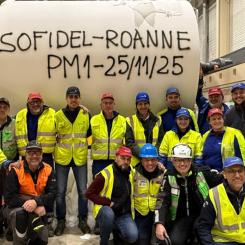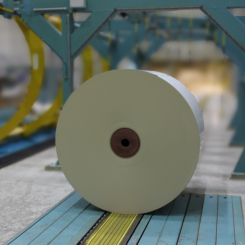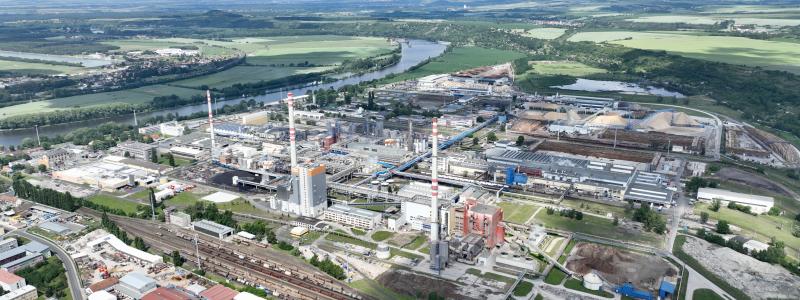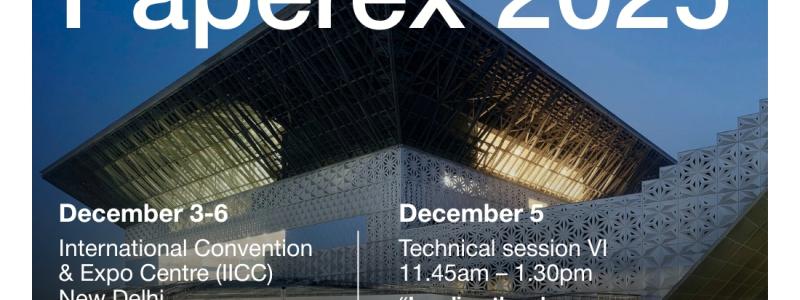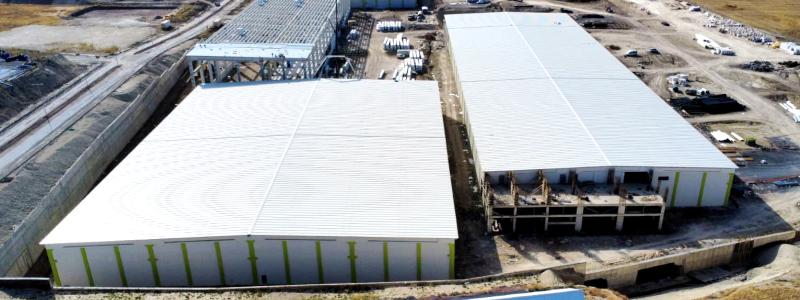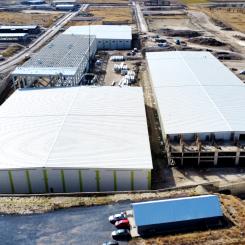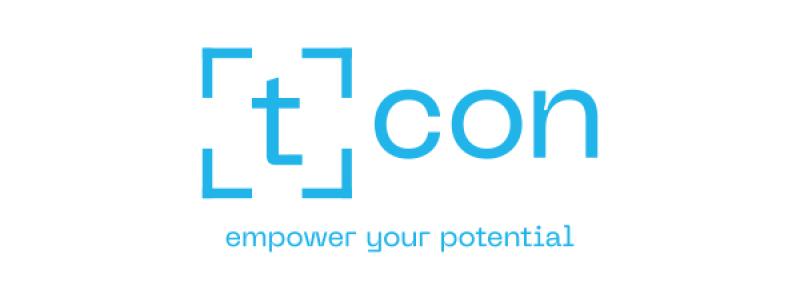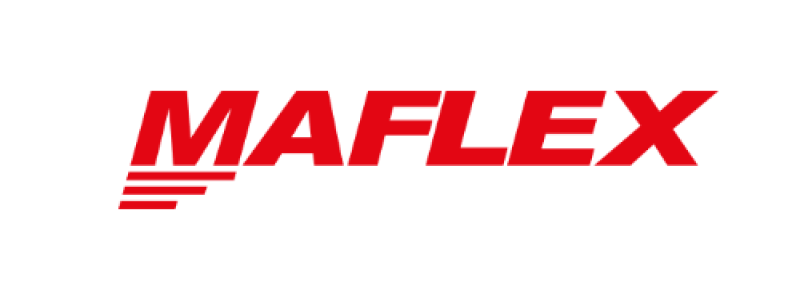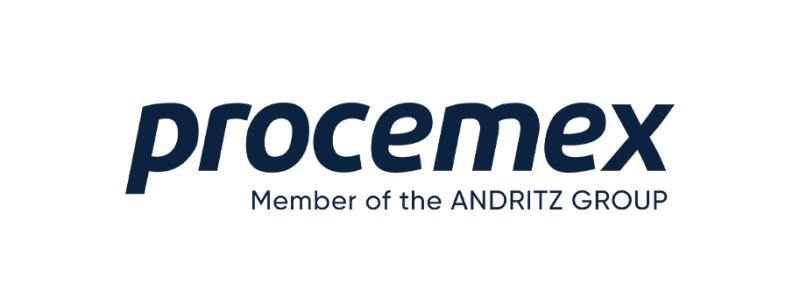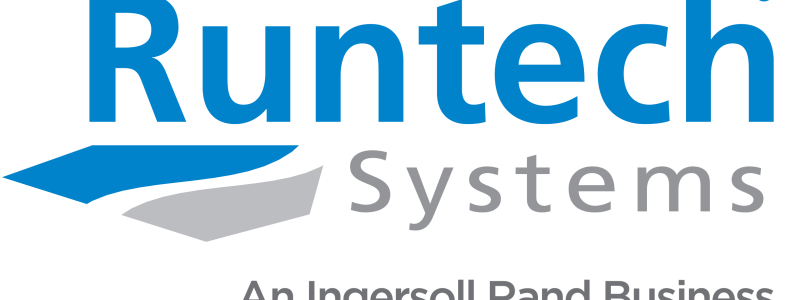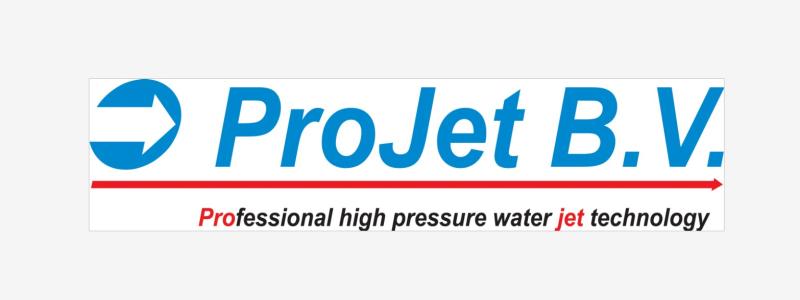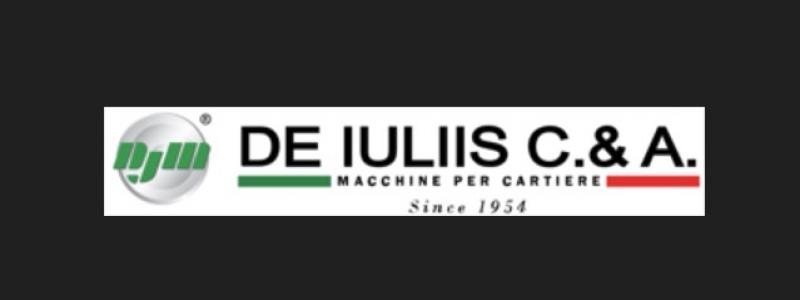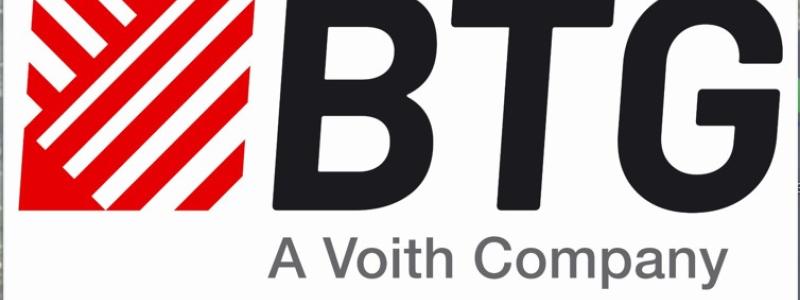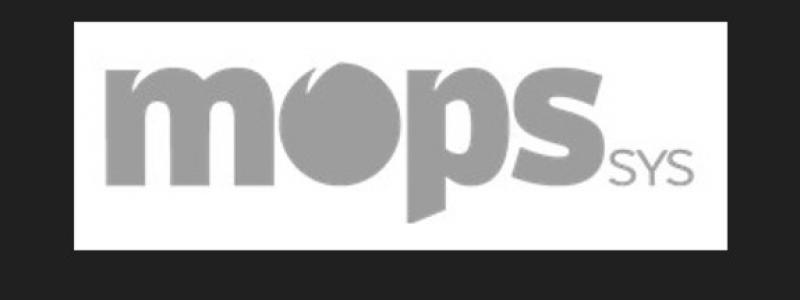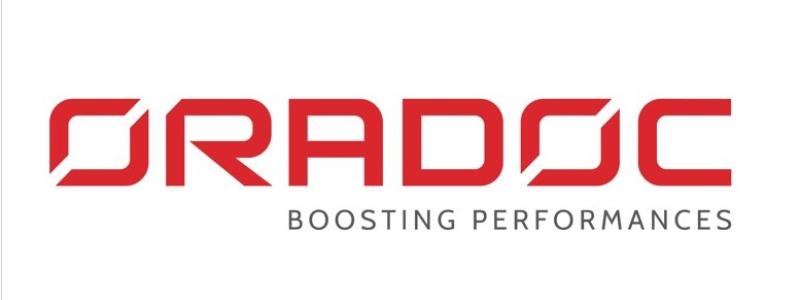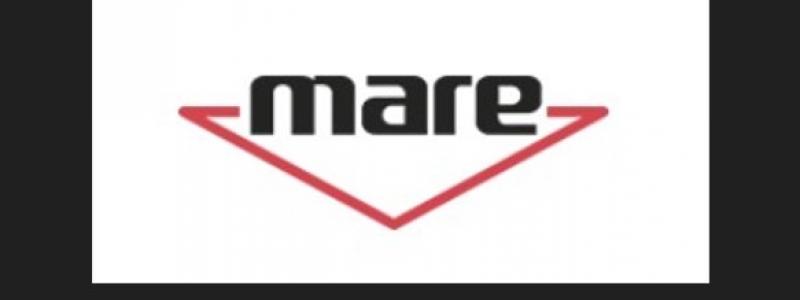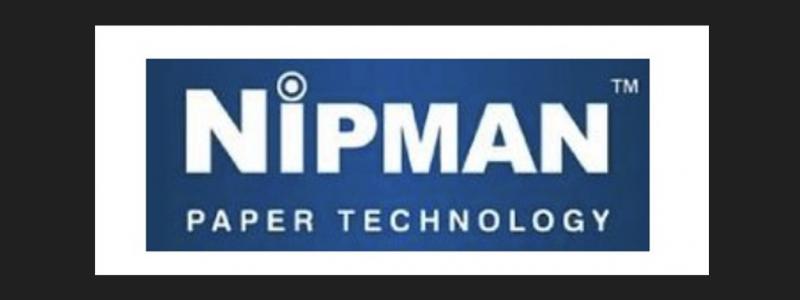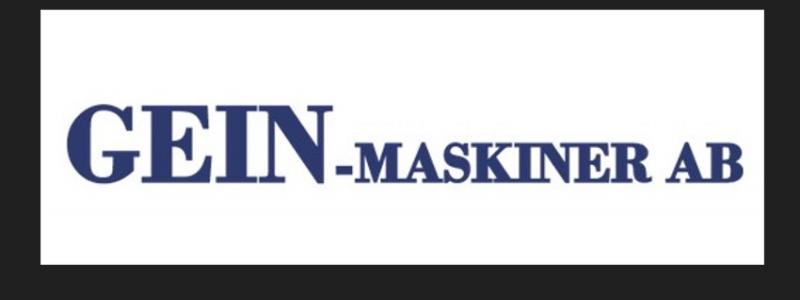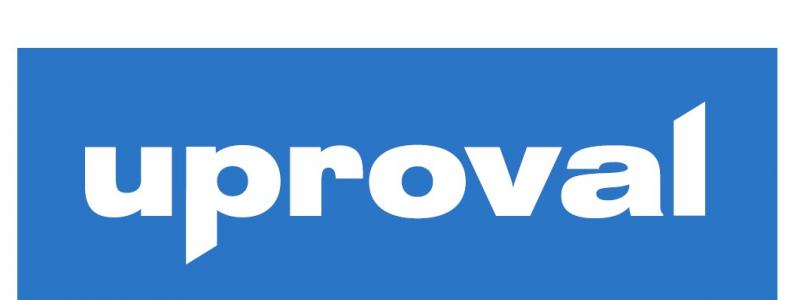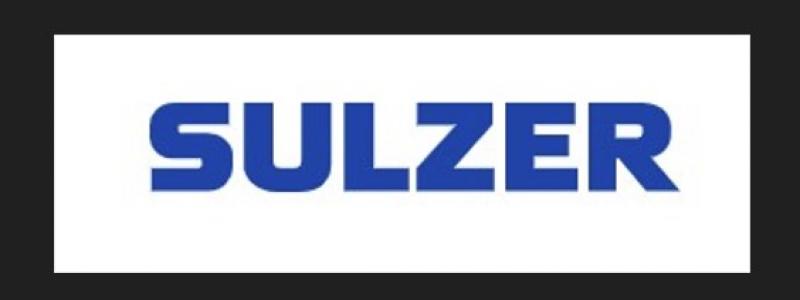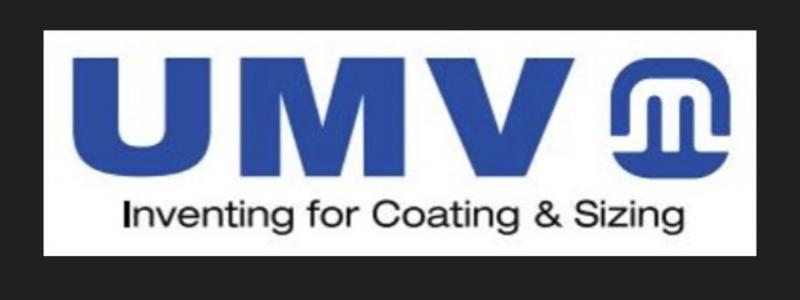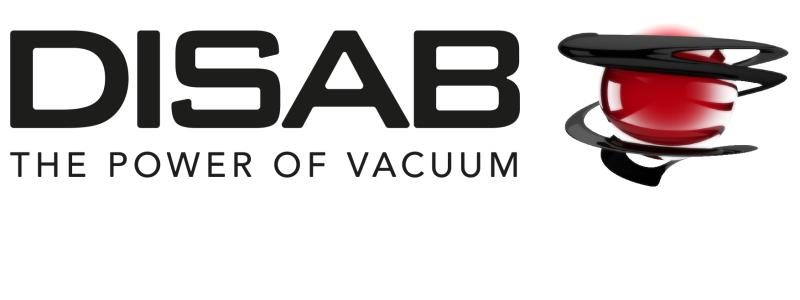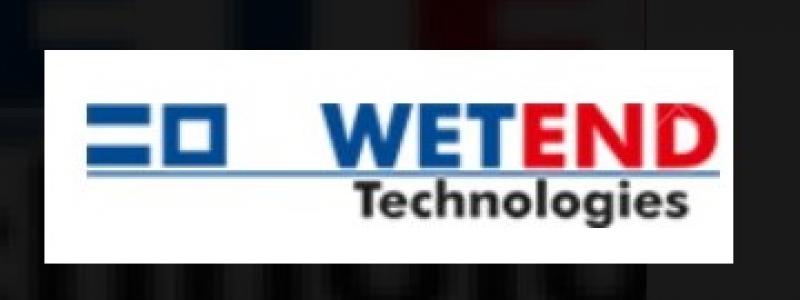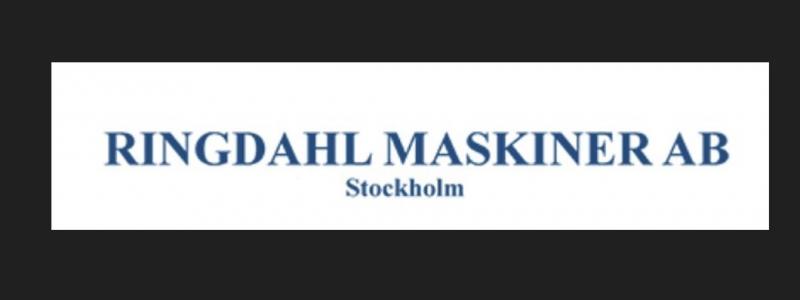Metsä Group has announced that it will set up its own PEFC certification group next year. The scheme will be open to Metsäliitto bonus members and the company’s contract customers, who will be able to connect their forest holdings directly to the corporate certification structure.
According to the company, the aim is to reinforce compliance and ensure that certification obligations are properly met. Metsä Group says gaps remain in the current regional system.
– In our view, the current regional scheme includes some operators who are not sufficiently committed to following the certification criteria and correcting the shortcomings required of them. We want to keep matters in our own hands, said Forest Director Juha Jumppanen in the company’s statement.
The shift means certification requirements will be emphasised more clearly in next year’s timber transactions. Metsä Group intends to negotiate the transition to the new group directly with affected forest owners.
MTK warns: competition in timber sales must remain
The decision has prompted a response from MTK, the Finnish farmers’ union. While the organisation supports stricter certification practices, it stresses that forest owners must retain the freedom to choose the best buyer.
– It is good that Metsä Group takes certification seriously. However, I want to remind forest owners that in every timber sale, it is important to ensure the best buyer is found through competition. Through the forest management associations, members can access certification regardless of which operator purchases the timber, said MTK Forest Director Marko Mäki-Hakola, according to the original source.
Metsä Group also offers its contract customers the option to join the FSC certification. A single forest holding may be certified under both FSC and PEFC. For those seeking even higher standards of environmental management, the company’s “plus model” offers additional measures such as leaving more retention trees and high stumps.
Certification affects revenue and market position
Certification has a direct financial impact on forest owners. Metsä Group states that certified wood receives a price premium, with FSC-certified timber commanding a higher price than PEFC-certified wood. Additional bonuses apply for those joining the plus model.
Certification systems have grown in importance as international markets and industrial buyers increasingly demand verifiable sustainability. At the same time, the systems face criticism for their complexity and for making it difficult for smaller operators to maintain documentation and internal controls.
Metsä Group argues that its new certification group will make compliance more robust and more transparent for forest owners. However, the move raises questions about market balance and competition in a sector where only a handful of buyers dominate. Certification often plays a decisive role in price formation and access to industrial customers.
MTK stresses that regardless of the certification structure, the key factor for forest owners remains unchanged: a competitive timber market that ensures the best possible return.
Source: Original article (Finnish media), Maaseudun Tulevaisuus.




